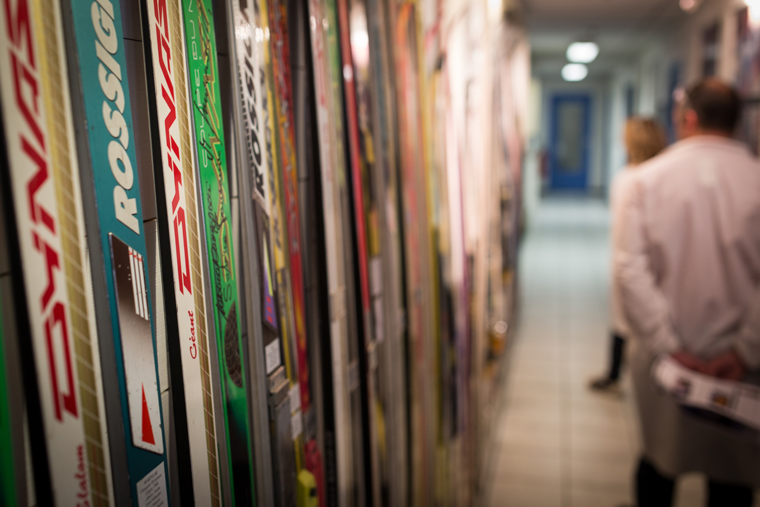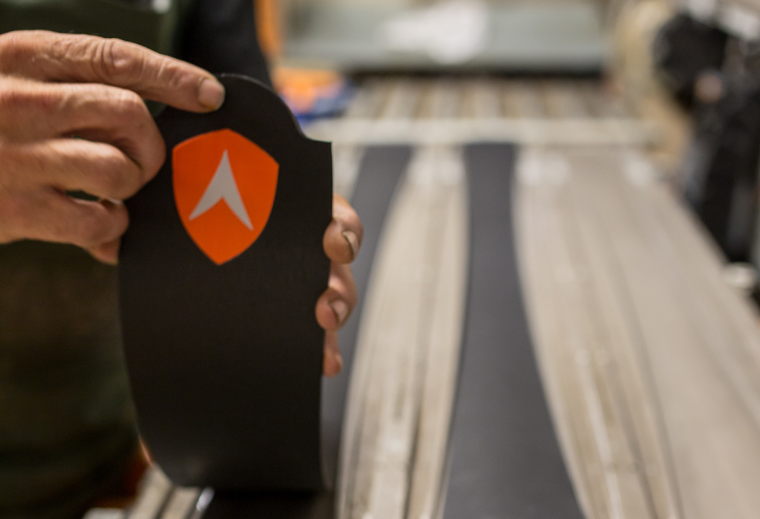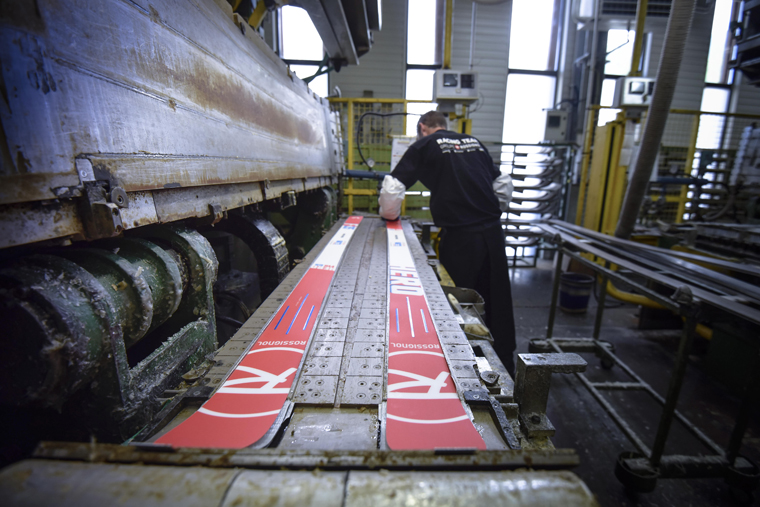HOW TO BE A SKI ENGINEER


See also those shiny skis from our SOTY features? Those perfectly-crafted tools have been years in the making: every dimension revised and tweaked, materials sourced and reviewed, prototype after prototype tested, tested, and tested some more. And at every ski brand HQ in the world there’s a team of people (read: geniuses) behind our favourite toys. We spoke to the product design teams at Rossignol and Salomon to find out what they do and how they got there. Take heed aspiring ski engineers, take heed!
First up, and this should be an obvious one, love skiing. In an industry as competitive as this one, passion counts above all else. The ski designers and engineers we spoke to have all been skiing since they were children, know the products inside out and have the interest and determination needed to make skis the best they can possibly be.

Studying is just as important. Jean-Philippe Guex, project manager of R&D Ski Alpine at Salomon studied mechanical engineering, which gave him a useful background in computer-aided design (CAD).
Over at Rossignol, Vincent Serclerat, R&D team ski engineer, has a Masters degree in both engineering and project management. “Both are vital in my mission to create a ski, know how we’ll produce it, understand the materials we should use and also how to work with the factory team, the purchasing department, designers, product managers, and so on”.
Vincent’s colleague Julien Limanton, a ski product designer, says his degree is 100% essential: “I have a degree in industrial products conception, as well as a Masters in product design and I couldn’t do my job properly without this background. You need good drawing skills and an understanding of how a product will be produced to design something realistic.”
Regarding personal skills, both Vincent and Julien agree that being rigorous is a must, with creativity, curiosity and good relationship skills high on the list. “Sometimes a bit of luck helps, too,” adds Vincent.
Jean Phillipe says that for him “a very good ski level, the ability to analyse results and knowledge of CAD software are essentials.”
With your degree ticked off and essential skills mastered, the job search can begin…
Getting the experience you need to succeed means working from the bottom up. Vincent first entered Rossignol’s hallowed halls as an intern, before scoring a permanent job in the R&D department. Julien worked his way through the company before getting his dream job.

“It took a bit of time, with lots of different jobs in the Rossignol group before getting here,” explains Julien. “I started as a temporary worker in the graphics department, then worked in the golf division before moving to bindings and finally landing my current position of ski product designer.”
Jean Phillipe, meanwhile, applied time and time again at Salomon, his dream company.
The reward for all that hard work? The job satisfaction of developing a product from start to finish is unbeatable. “It’s pure R&D”, says Jean Phillipe. “You test your products on snow, you are always pushing skis forward, searching for new materials etc.” And the bad? “The difficulties in making breakthrough innovations: a ski is a ski and sometimes it’s a bit complicated to challenge this and to go further,” says Julian. “We’ll see what the future brings!”
1. If you haven’t already, fall in love with skiing. Race. Freeride. Whatever. Just live it, love it and breathe it.
2. Study! Engineering is the course of choice (no surprises there), but the exact discipline can vary. Product Design is a good place to start, or anything offering a background in CAD (computer-aided design).
3. Intern. Intern. Intern. We know; nobody wants to work for diddly-squat but there really is nothing like solid industry experience.

4. Don’t give up. It’s a competitive business, but if you’ve got the skills, passion and commitment you’ll make it. Keep on applying and work through a list of every ski manufacturer on the planet, no matter how big or small.
5. Pray for snow and cold temps. If there isn’t any, your amazing years-in-the-making ski designs will go to waste. And nobody wants that.
Serge Baud, CEO of Movement Skis, used his passion for wintersports to start his own freeski brand. Here’s his story: “I came from ski racing and my passion for the snow led me to found my own brand, Wild Duck Snowboards in 1981. I spent my days working in retail, and nights making prototypes of skis and snowboards by hand in my garage. I have since founded two more brands, Madhouse Snowboards and Movement Skis.
There are three things you need to be a successful ski manufacturer: don’t dream too big – always be realistic; make your own ideas a reality, and work very, very hard.”
SEASONNAIRE SECRETS: WHAT CAN YOU DO FOR FUN IN A SKI RESORT BESIDES SKIING?